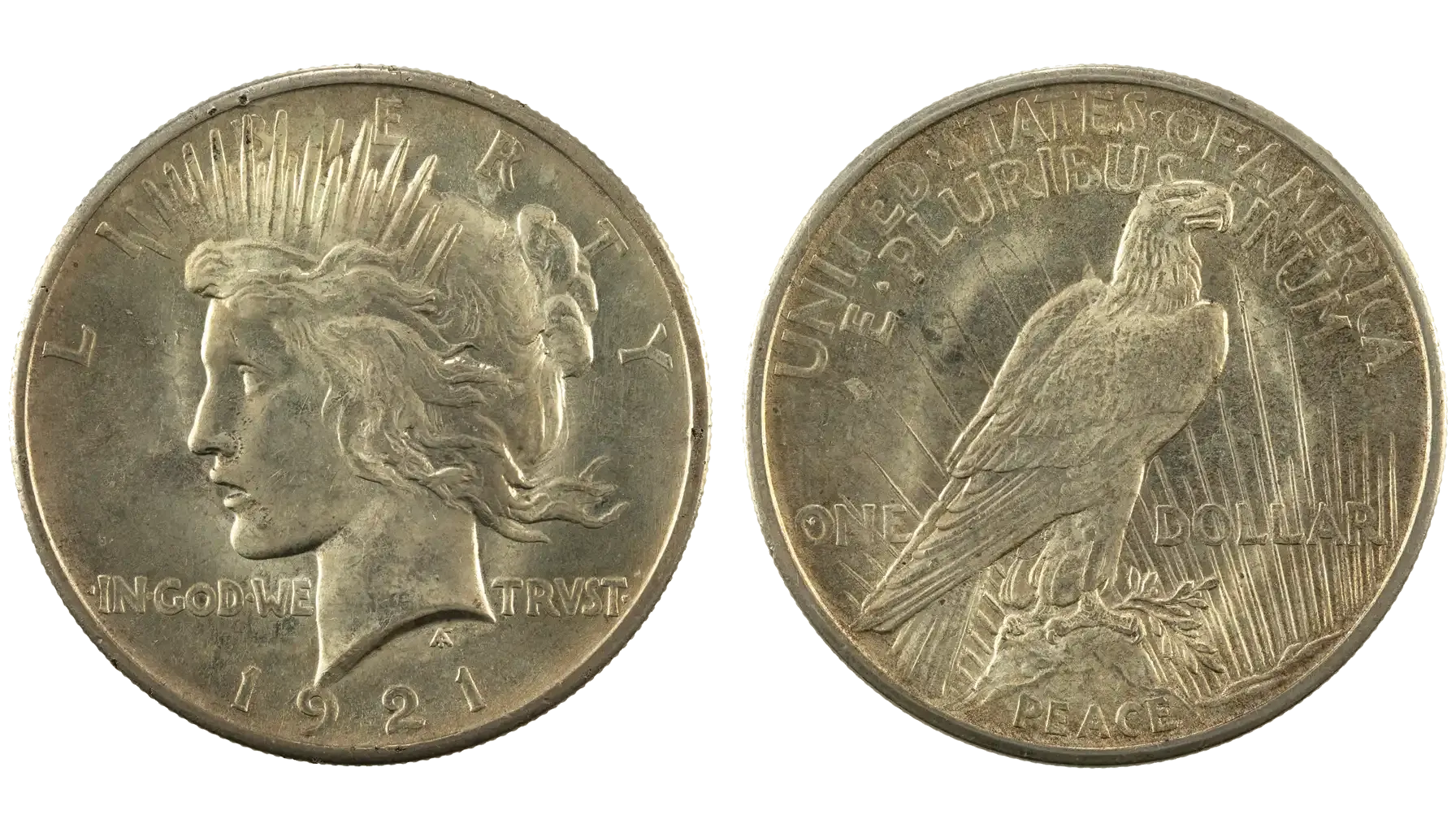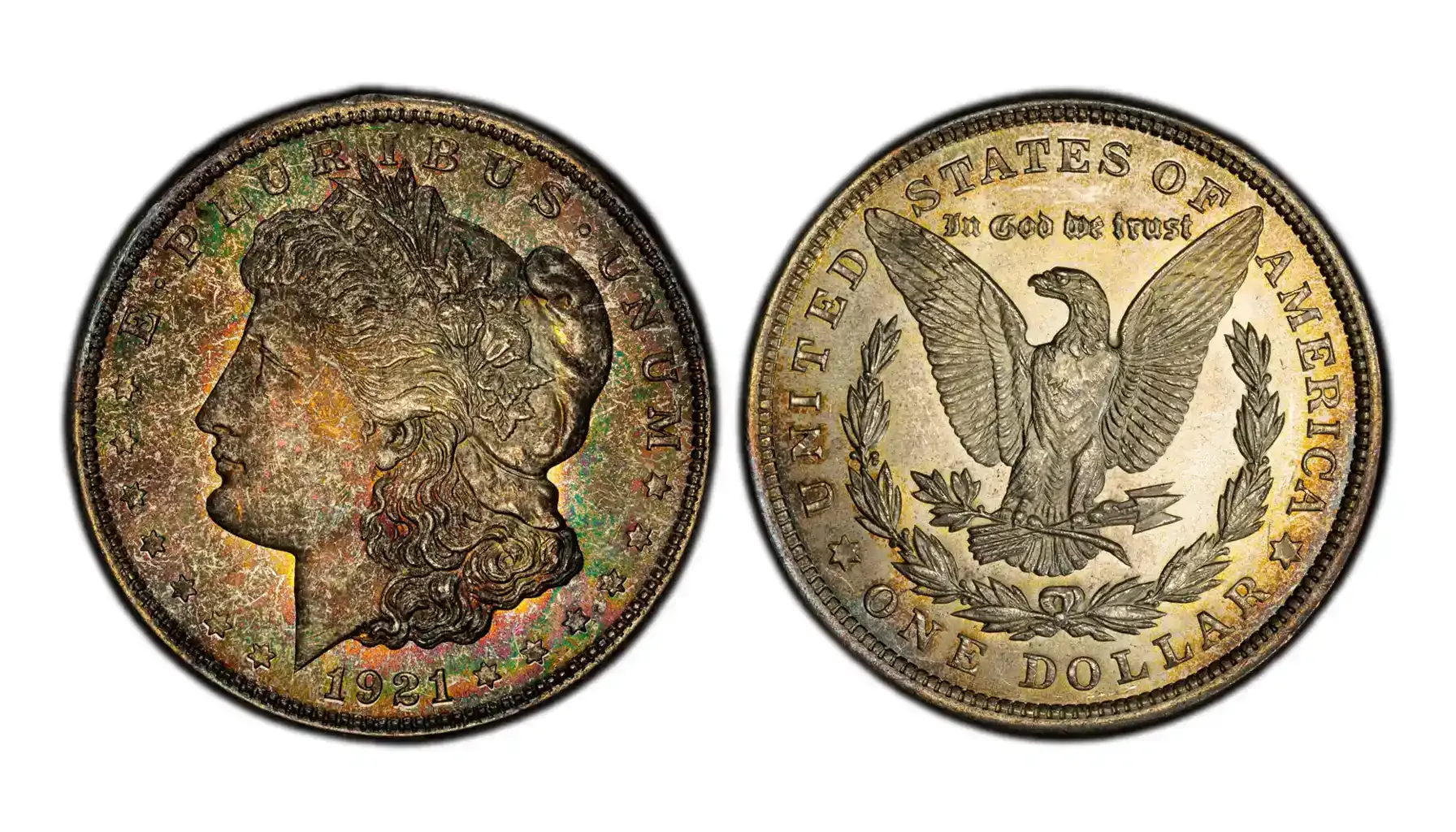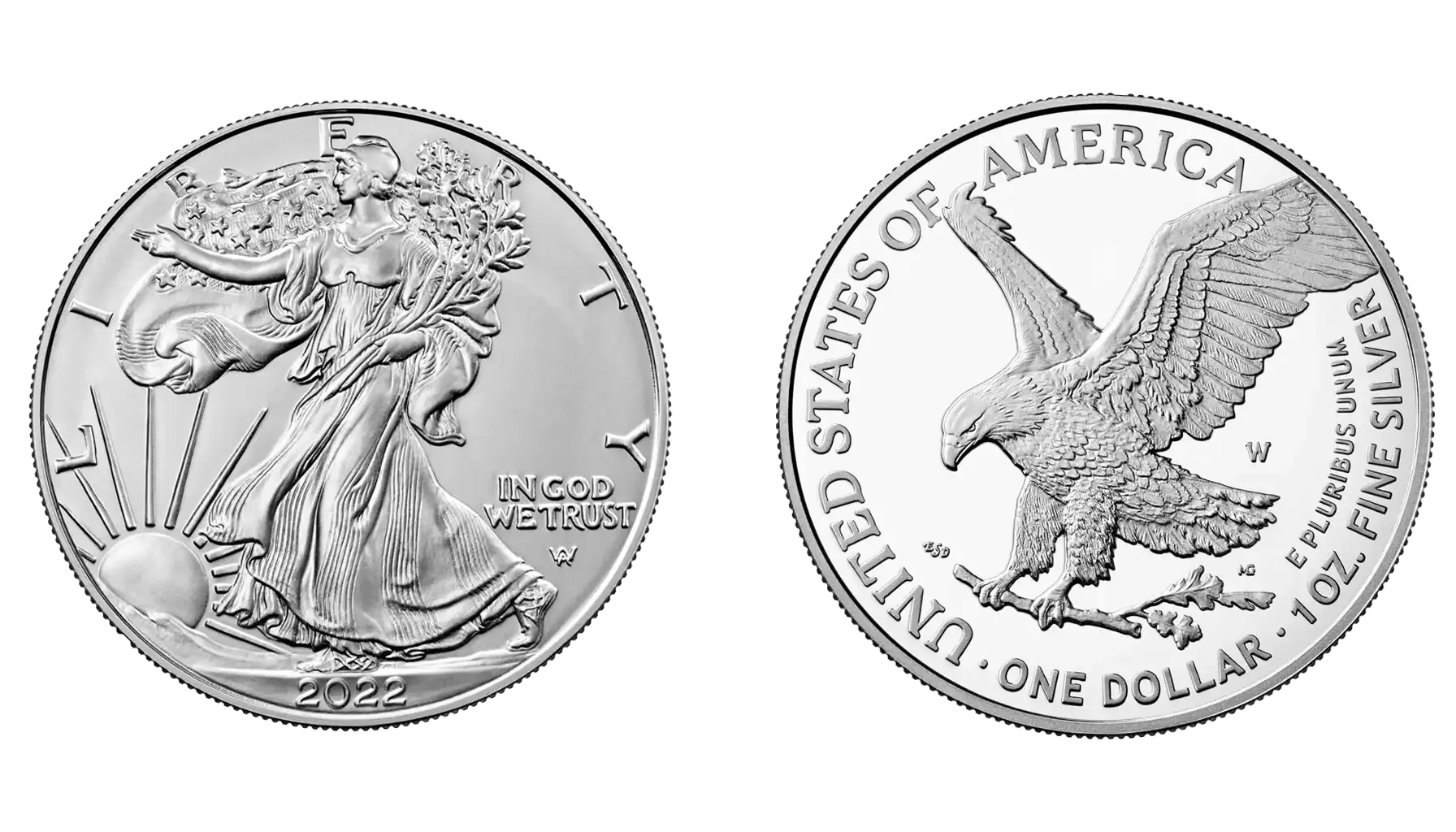Contents:
The Liberty Seated Quarter is a unique US coin with a bright history. Issued in the XIX century, this quarter dollar became a symbol of freedom, as well as a true engraving masterpiece. In this material, we are to share features that identify these coins as rare, introduce the most peculiar issues, and explore how much these should cost today.
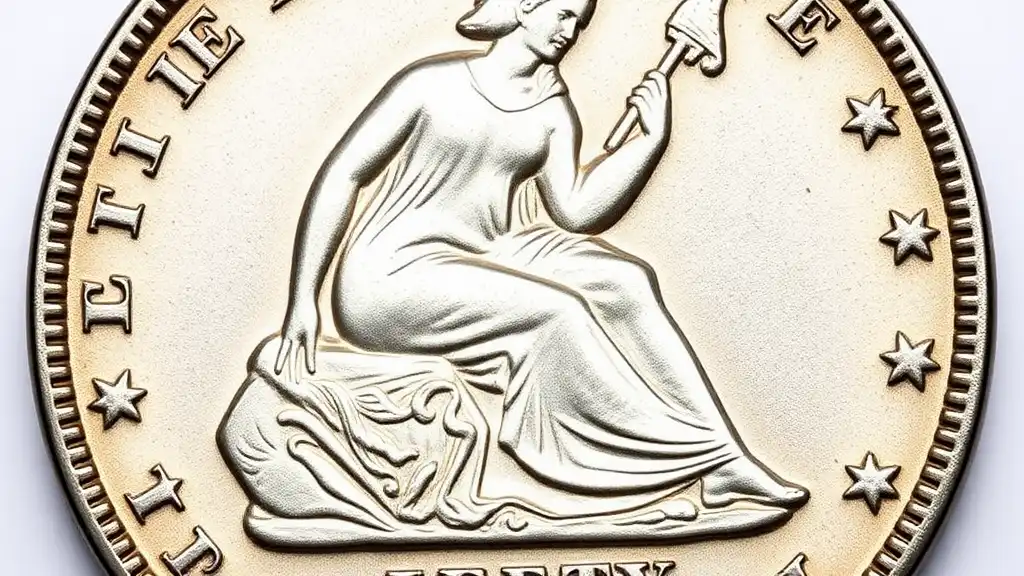
A Conversation with Time: What Makes This Quarter Special?
The Seated Liberty Quarter appeared in 1838, long before the famous 1979 quarters, as part of a great movement to update American currency. The coin was designed to replace the previous Capped Bust 25C, which had become outdated. During the 19th century, the US Mint sought to improve and standardize coin appearances, and the hero of the article was one of the first coins with a new and modern look.
Main Characteristics
The titled unit of currency was minted from 1838 to 1891 and had the following characteristics:
Features | Description |
Composition | 90% silver and 10% and copper |
Diameter | 24.3 mm (remained unchanged) |
Weight | 6.22 grams before 1853 and 6.22 grams after. |
Thickness | 1.75 mm |
Edge | Reeded |
Designer | Christian Gobrecht |
Coin Design: Obverse and Reverse
Obverse: Depicts the figure of Liberty sitting on a rock with a shield featuring the US coat of arms in one hand and a rod with a Phrygian cap in another.
The details of the obverse varied depending on the year of issue:
1838-1840: The first coins depicted Seated Liberty without 13 stars, representing the 13 original states of the United States, around the figure of Liberty.
1840-1866: Thirteen stars were finally added to the design of the issue. This element became standard for most coins of the time, including other denominations.
1853-1855: Arrows have been added on either side of the issue date to indicate the coins have been reduced in weight.
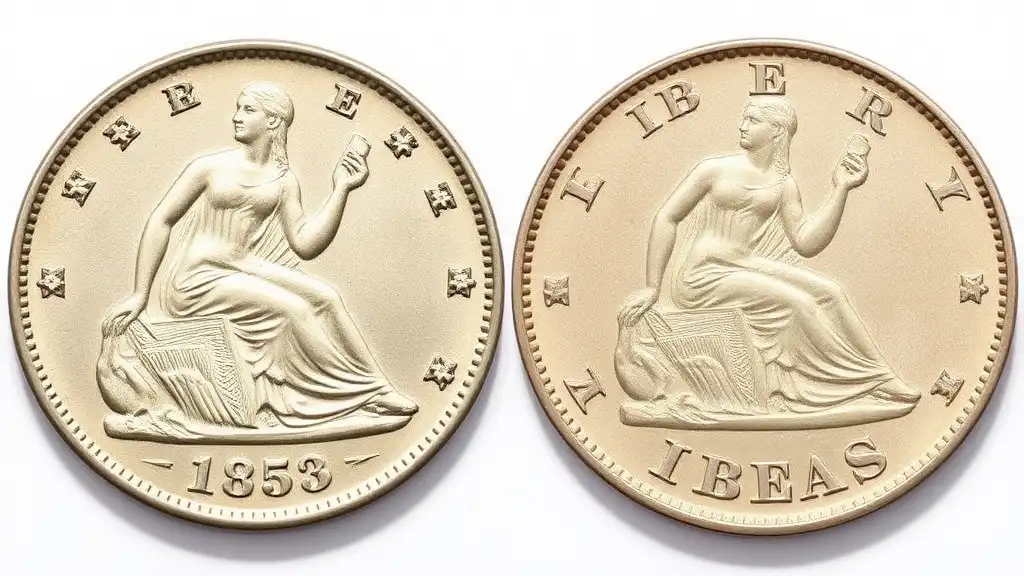
Reverse: Depicts a white-headed eagle holding a bundle of arrows in one paw (symbol of military readiness) and an olive branch in another (representing the pursuit of peace). This design was inspired by the coat of arms of the United States, making it easily recognizable and patriotic.
Depending on the year of issue and the mint, the reverse design also underwent changes:
1853-1855: Rays surrounding the white-headed eagle were added to the reverse to indicate the change in weight of the coin.
Early years (before 1866): There was no motto “In God We Trust”.
1866–1891: After the Civil War, the motto ‘In God We Trust’ was added to the coins and is present at the top of the coin above the Eagle. This was an important political move related to the religious sentiment of the community and government policy.
Interesting fact: The change in weight was shown on both the obverse (arrows) and reverse (rays) only from 1853 to 1855. Afterward, these elements were removed, and the design became cleaner. But the weight of the coin remained the same (6.22 g).
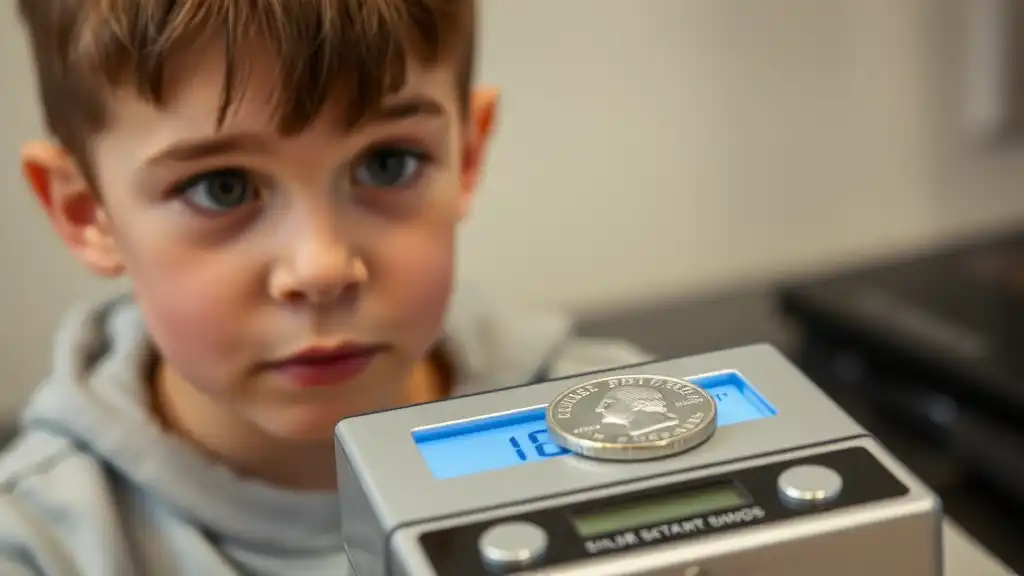
The Seated Liberty Quarter Value by Issue
The Liberty Seated quarter was produced by several US mints, including Philadelphia, New Orleans, San Francisco, and Carson City. Special variations in design and minting conditions at different mints made each instance unique.
Philadelphia Mint (no mint mark) was the primary facility where most quarters were manufactured.
Carson City Mint (CC mint mark), the facility located in Nevada, is known for its extremely rare and low mintage issues. For example, the 1876 Seated Liberty quarter dollar value is not as high as that of the 1871 CC Liberty Seated quarter, which had a significantly smaller mintage.
Coins issued by New Orleans (O) were produced in large mintages (with the breaks though).
The San Francisco (S) Mint produced coins near the end of the minting period, and their mintages were more limited.
To learn more about error coins and how they influence the total price, check out our related article.
1838 Seated Liberty Quarter
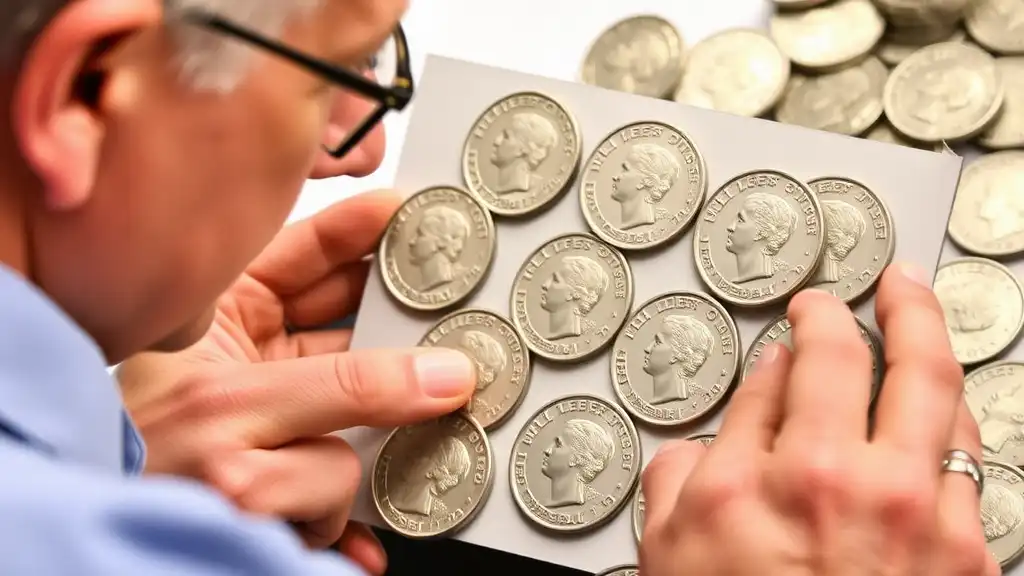
Mint: Philadelphia
Mintage: 466,000
Features: First year of minting, starless design
Estimated Value: $1,000–$10,000+
1842 O Seated Liberty (Small Date)
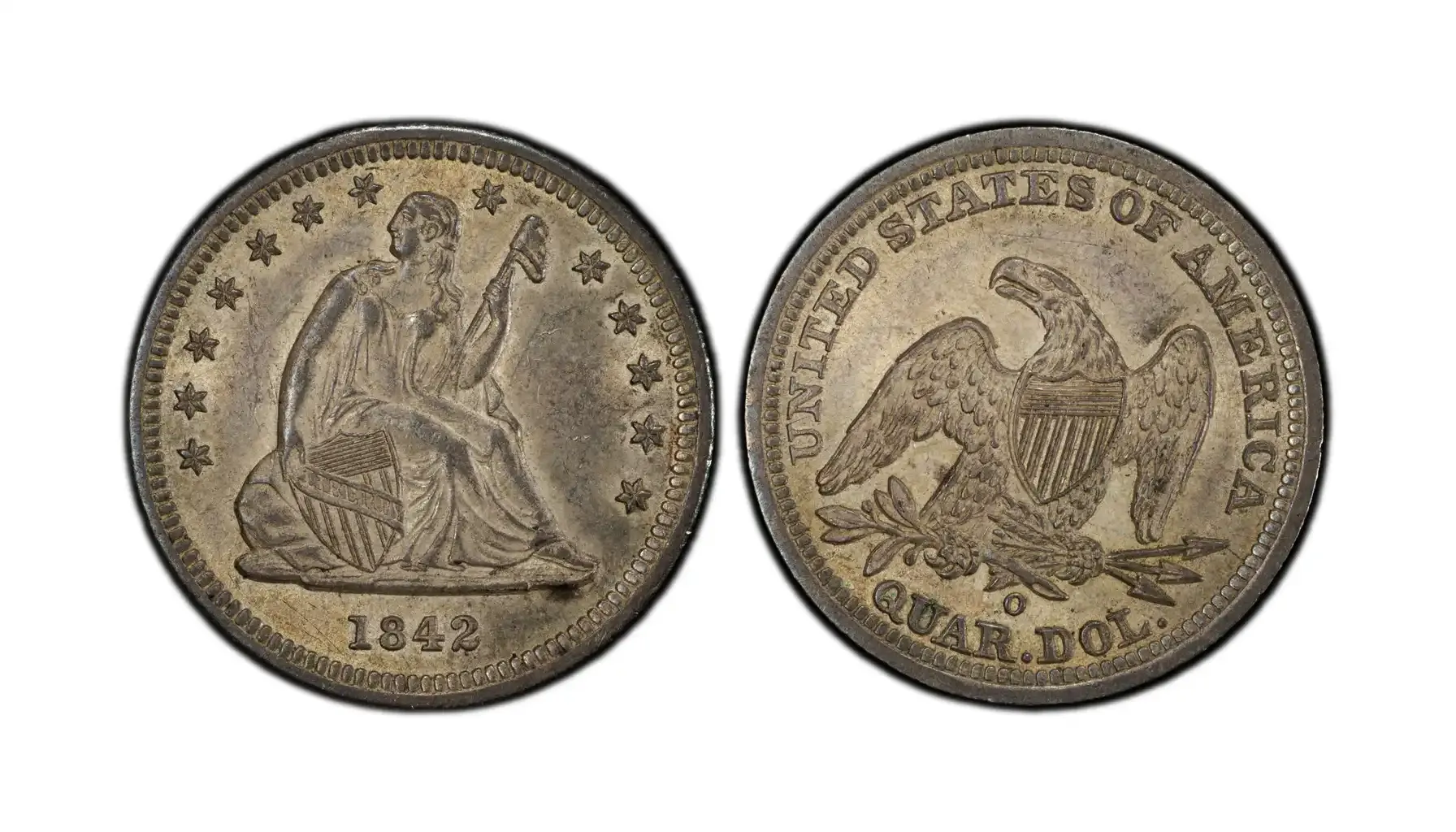
Mint: New Orleans
Mintage: 769,000
Features: Unique small date (due to an error in the minting process)
Estimated Value: $20,000–$50,000+
1853 Seated Liberty Quarter (Arrows & Rays)
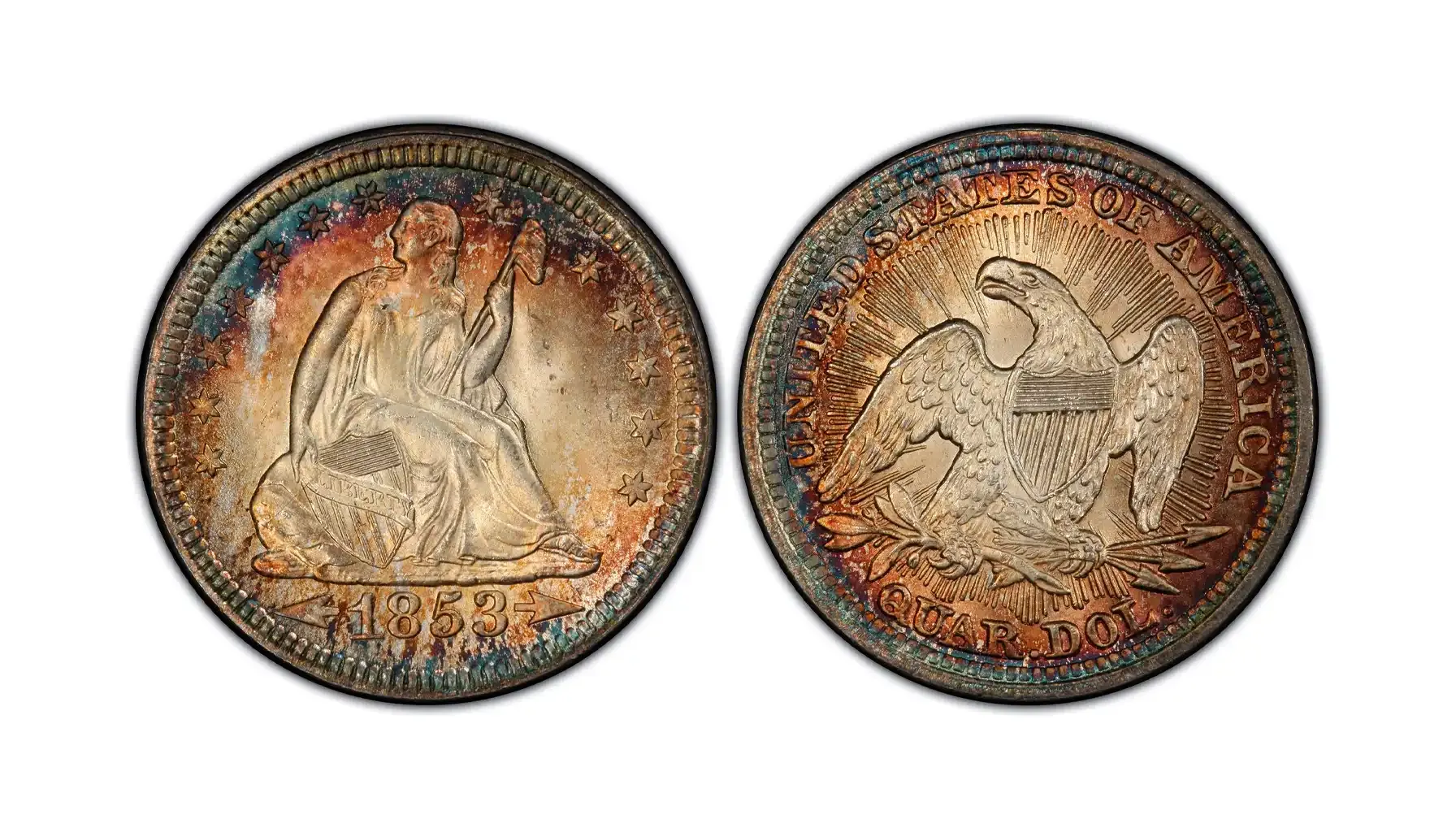
Mint: Philadelphia and other mints
Mintage: 15,210,000
Features: Arrows and rays, decrease in weight
Estimated Value: $150–$2,000
1870-CC Liberty Seated Quarter
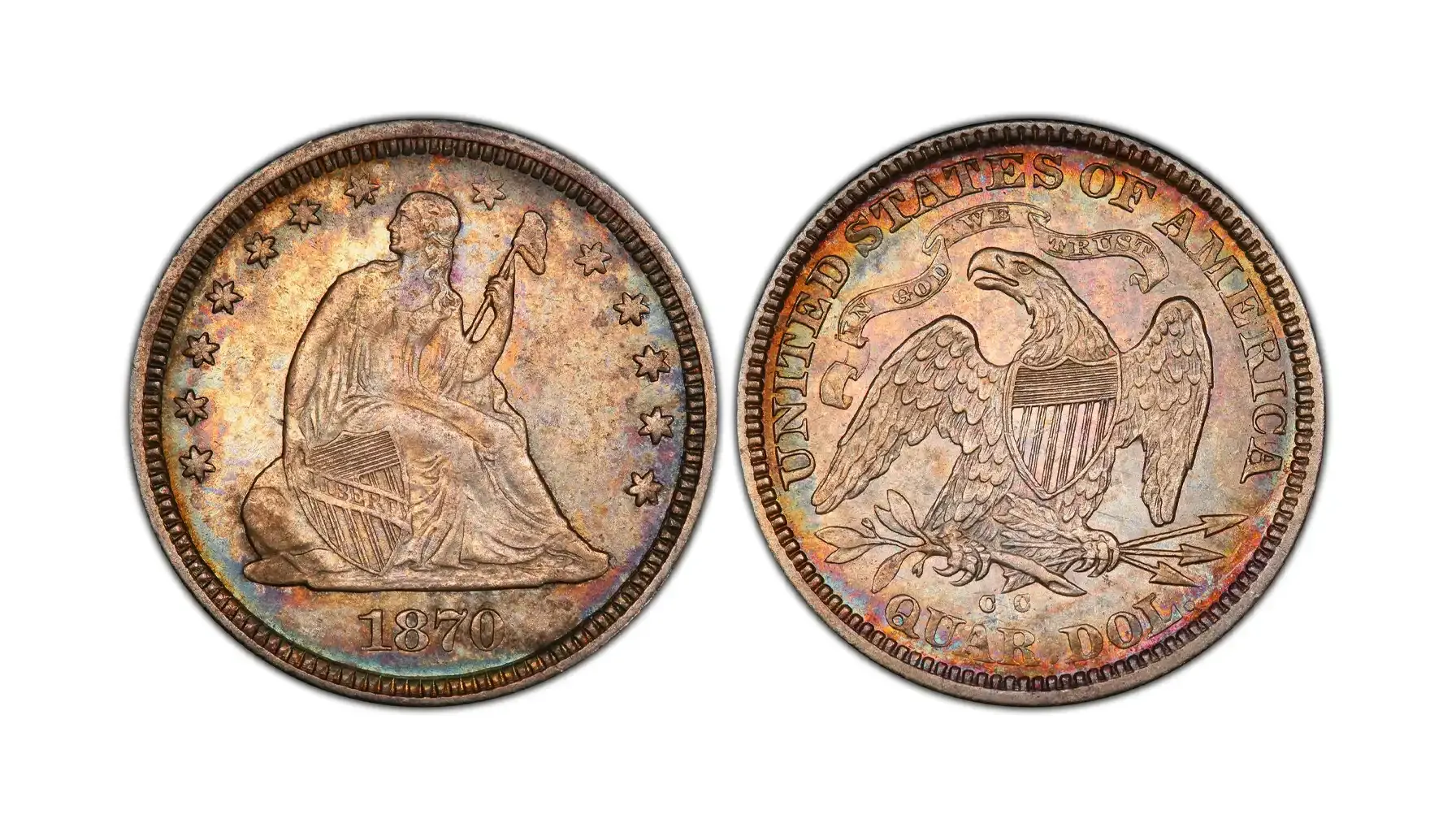
Mint: Carson City
Mintage: 8,340
Features: One of Carson City's rarest issues
Estimated Value: $10,000–$75,000+
1873 CC Liberty Seated Quarter
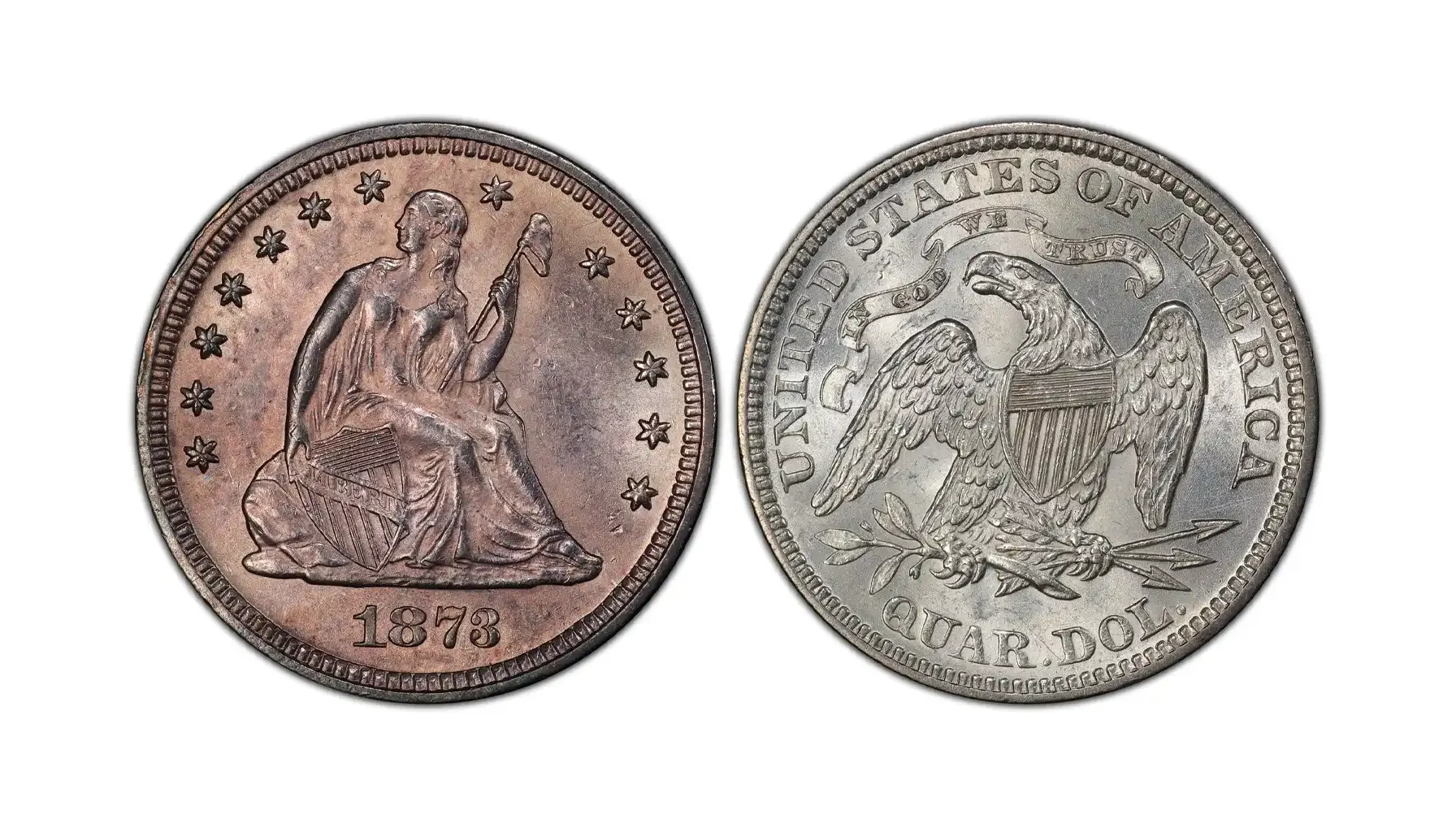
Mint: Philadelphia
Mintage: 40,000
Features: Date error – closed 3
Estimated Value: $500–$5,000+
1888 S Liberty Seated Quarter
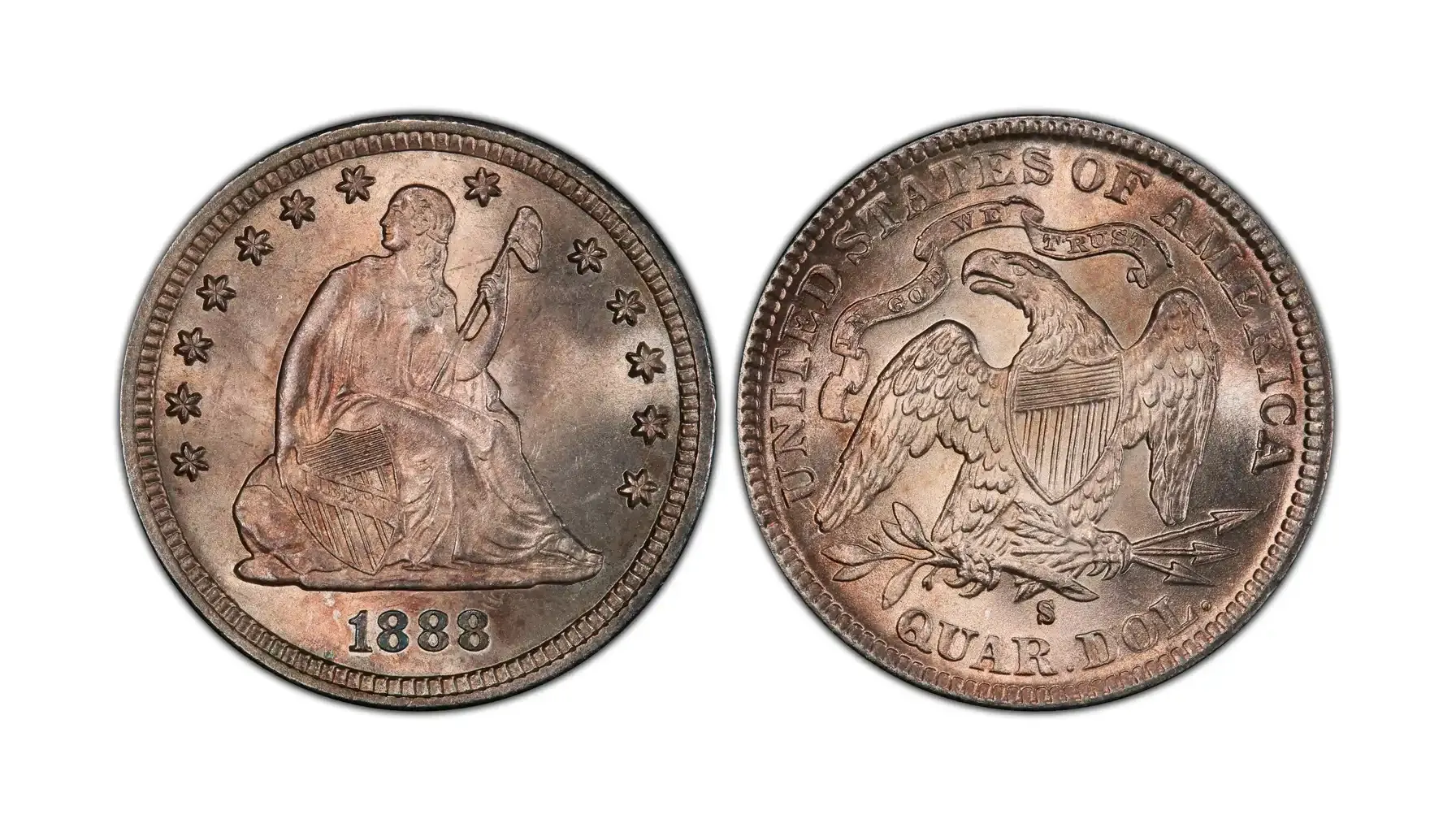
Mint: San Francisco
Mintage: 1,216,000
Features: One of the smallest issues released in 1888
Estimated Value: $2,500–$15,000+
This variation in mintage, design changes, and rare versions makes this series of coins one of the most interesting and sought-after among collectors. By the way, most of the coins were actively used, which is why it is difficult to find specimens in good condition.
Secrets of a Successful Collector: Tips and Tricks
If you are a beginner and really want to add this instance to your collection, look for a more affordable coin issued in years with high mintage and gradually increase your collection.
Keep up with advanced tools like Coin ID Scanner. With the help of this app, you will be able to identify old coins by picture and get information about their rarity and market value in just one tap.
Consider rare mints. Coins with mint marks such as "CC" (Carson City) will always be valuable. Keep an eye on their condition and origin, too.
Remember that condition is everything. Even small scratches can reduce the value significantly. Look for specimens with minimal signs of wear.
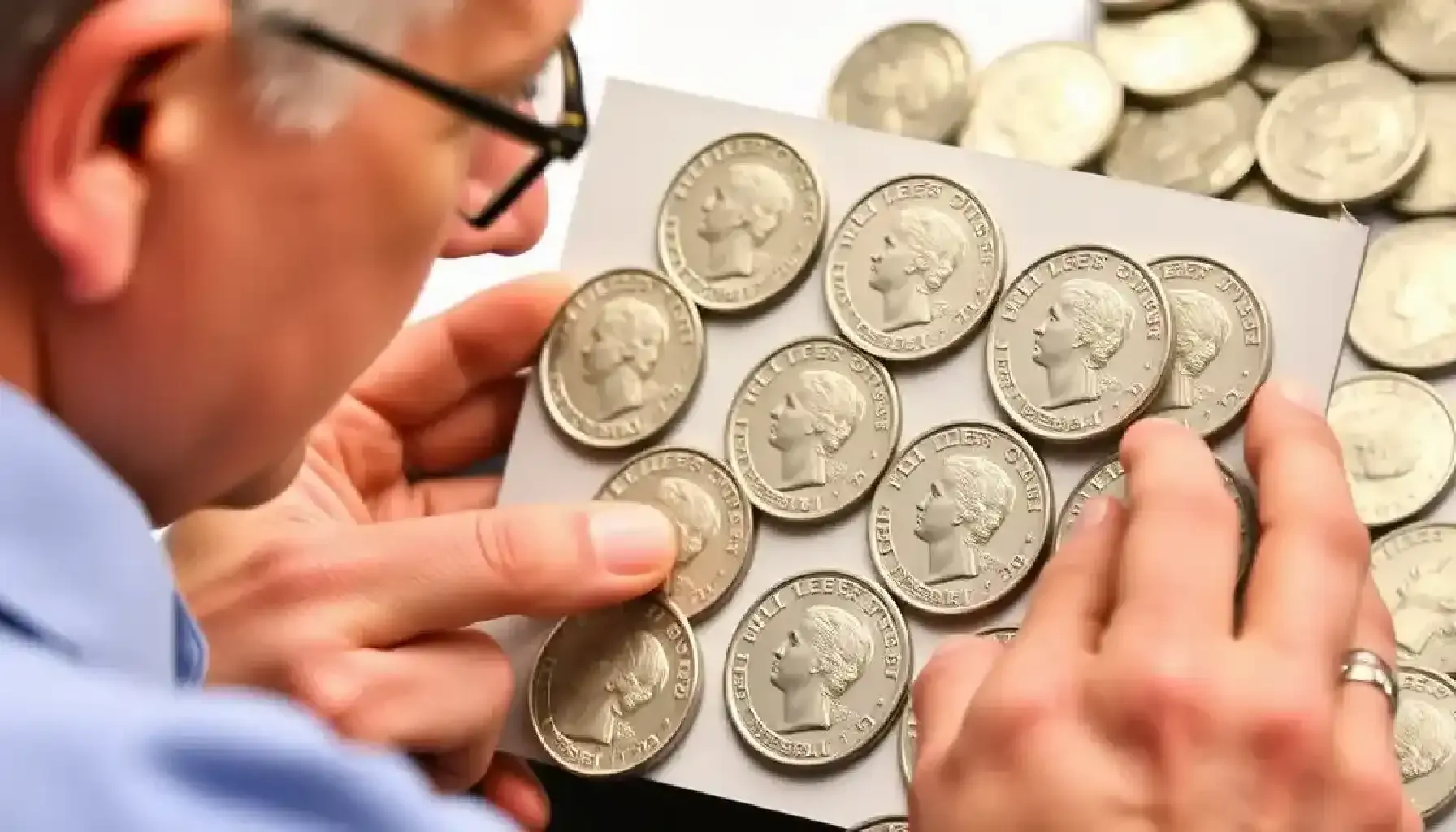
Summary: What Makes the 25C Coins a Must-Have for Collectors
The Seated Liberty is a symbol of freedom, change, and progress in America. Thanks to its diversity in design, variations in the year of issue, and unique specimens, it became one of the most interesting and rewarding objects for collectors.
Collect coins that tell stories, and let them become one of those stories in your collection!

